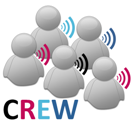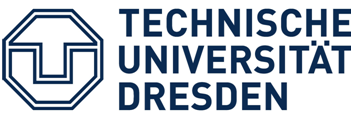Performing cognitive radio experiments on the LOG-a-TEC sensor network testbed
[<< Back to Training Days overview]
LOG-a-TEC is an experimental outdoor sensor network testbed for spectrum sensing and cognitive radio applications. It consists of 50 remotely-controlled VESNA sensor nodes mounted on light poles in two clusters (city center and industrial zone) in the municipality of Logatec. Nodes are equipped with 72 MHz ARM Cortex-M3 processors, local non-volatile storage and versatile reprogrammable radio transceivers for 868 MHz, 2.4 GHz and UHF TV bands. Thus the testbed allows experimentation with distributed spectrum sensing, spectrum sharing and dynamic spectrum access, cognitive radio and networking protocols in realistic environments in both licensed and unlicensed frequency bands.
This tutorial aims to demonstrate the use of LOG-a-TEC testbed through the interfaces available to the experimenter. After describing the capabilities of the hardware provided by the testbed, we will start with the manual approach to communicating with sensor nodes through the CREW portal and the web interface. Next, open-source Python modules for testbed control will be introduced, allowing experiments to be written in a high-level programming language. As part of the tutorial a script performing a simple experiment will be written, explained and ran on a local computer, controlling the testbed remotely over the Internet. We will conclude with a brief description of the possibility of running native applications on sensor nodes themselves, making possible experiments that have tighter latency and throughput requirements.
[<< Back to Training Days overview]
| Attachment | Size |
|---|---|
| slidesTomaz.pdf | 3.43 MB |












